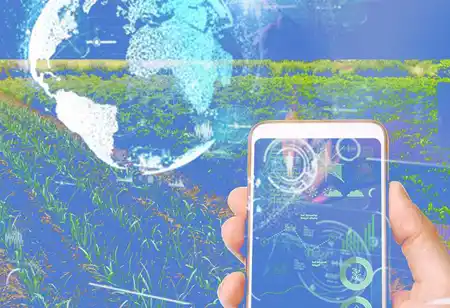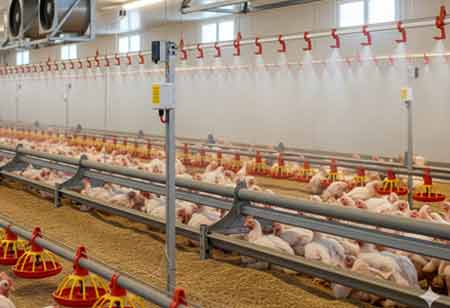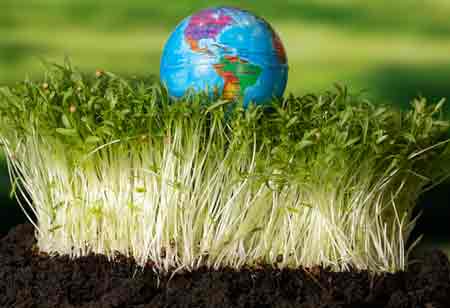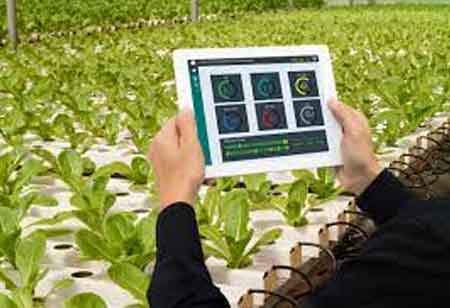Thank you for Subscribing to Agri Business Review Weekly Brief
How IoT Optimizes Resources In Horticulture
The integration of the Internet of Things (IoT) in horticulture marks a substantial leap forward, offering manifold advantages to the industry.

By
Agri Business Review | Wednesday, January 10, 2024
Stay ahead of the industry with exclusive feature stories on the top companies, expert insights and the latest news delivered straight to your inbox. Subscribe today.
IoT offers precision agriculture, automation, environmental control, disease detection, improved quality, and data-driven decisions but faces cost, security, and integration challenges. Its potential for efficiency, sustainability, and productivity in horticulture is promising.
FREMONT, CA: The integration of the Internet of Things (IoT) in horticulture marks a substantial leap forward, offering manifold advantages to the industry. IoT's role in precision agriculture, automation, and environmental monitoring contributes to heightened efficiency, sustainability, and increased crop productivity. These aspects encompass early disease detection, improved crop quality, and data-driven decision-making, underscoring its positive impact. This technological advancement also extends to enhancing connected consumer experiences, fostering transparency and trust. This aligns optimistically with the prospect of a second green revolution, addressing global population growth and resource limitations.
The Benefits of IoT in Horticulture
Precision Agriculture: Sensors embedded in soil, leaves, and air gather real-time data on temperature, humidity, nutrient levels, and pest activity. AI platforms analyze this data, providing insights for optimizing irrigation, fertilization, and pest control. This precision agriculture approach minimizes waste, maximizes yield, and reduces environmental impact.
Automation And Efficiency: IoT facilitates automated irrigation systems responsive to soil moisture levels, along with robotic weeders and harvesting machines, automating labor-intensive tasks. This streamlines operations, freeing human resources for more strategic work, increasing efficiency, and enabling larger-scale horticulture operations.
Environmental Monitoring And Control: IoT sensors monitor temperature, humidity, and CO2 levels, enabling precise adjustment of greenhouse conditions to adapt to changing weather patterns. This safeguards crops, curtails energy usage, and promotes sustainable practices.
Early Disease Detection and Prevention: IoT sensors monitor plant health indicators, such as changes in leaf color or temperature, enabling early detection of disease outbreaks. This data triggers alerts for growers to take immediate action, preventing disease spread and crop loss.
Improved Crop Quality and Shelf Life: Continuous data on environmental conditions and plant health from IoT aids growers in optimizing growth parameters for specific crops. This results in improved quality, taste, and shelf life, reducing food waste and enhancing market value.
Data-Driven Decision Making: IoT generates vast data volumes that AI platforms analyze to identify patterns and trends. This empowers growers to make informed decisions regarding planting schedules, resource allocation, and overall farm management.
Connected Consumer Experiences: IoT sensors track product movement through the supply chain, enabling consumers to scan a QR code and learn about a product's journey from farm to table. This transparency builds trust and direct connections between growers and consumers.
Leveraging data and automation can pave the way for a more efficient, sustainable, and productive future for this vital industry. Amid a world grappling with population growth and resource constraints, the concept of a second green revolution propelled by the Internet of Things emerges as a promising path forward.





